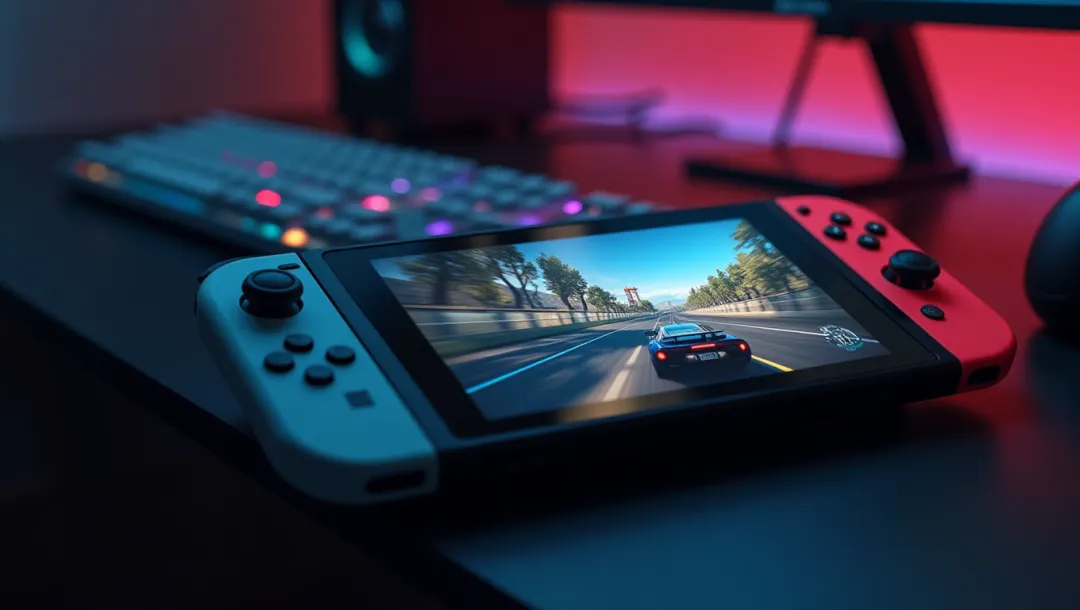Why is Switch 2’s LCD Screen So Slow?

In Tokyo, recent independent evaluations of the Nintendo Switch 2’s display technology have exposed significant performance bottlenecks. Unlike modern gaming monitors and OLED screens, the Switch 2’s IPS LCD panel exhibits a response time roughly ten times slower than conventional gaming monitors and nearly a hundred times slower than OLED alternatives.
Industry experts suggest that the root cause lies in the probable absence of overdrive technology, a critical feature that accelerates pixel transition speeds and reduces motion blur. This omission could negatively affect fast-paced gameplay, reducing the visual fluidity players have come to expect from high-end gaming devices.
Dr. Emily Clarke, a display technology researcher at the Global Media Institute, commented, “The lack of overdrive in the Switch 2’s IPS panel is surprising, especially given the competitive gaming market demands. This may be Nintendo’s trade-off for cost or power efficiency but could undermine user experience for gamers sensitive to motion lag.”
As gamers and tech enthusiasts eagerly anticipate the console’s wider release, these findings raise important questions about Nintendo’s design priorities and how they balance performance with cost-effectiveness. With the growing popularity of OLED screens showing superior response rates, the decision to deploy a sluggish IPS LCD panel represents a significant divergence from the latest industry trends.


